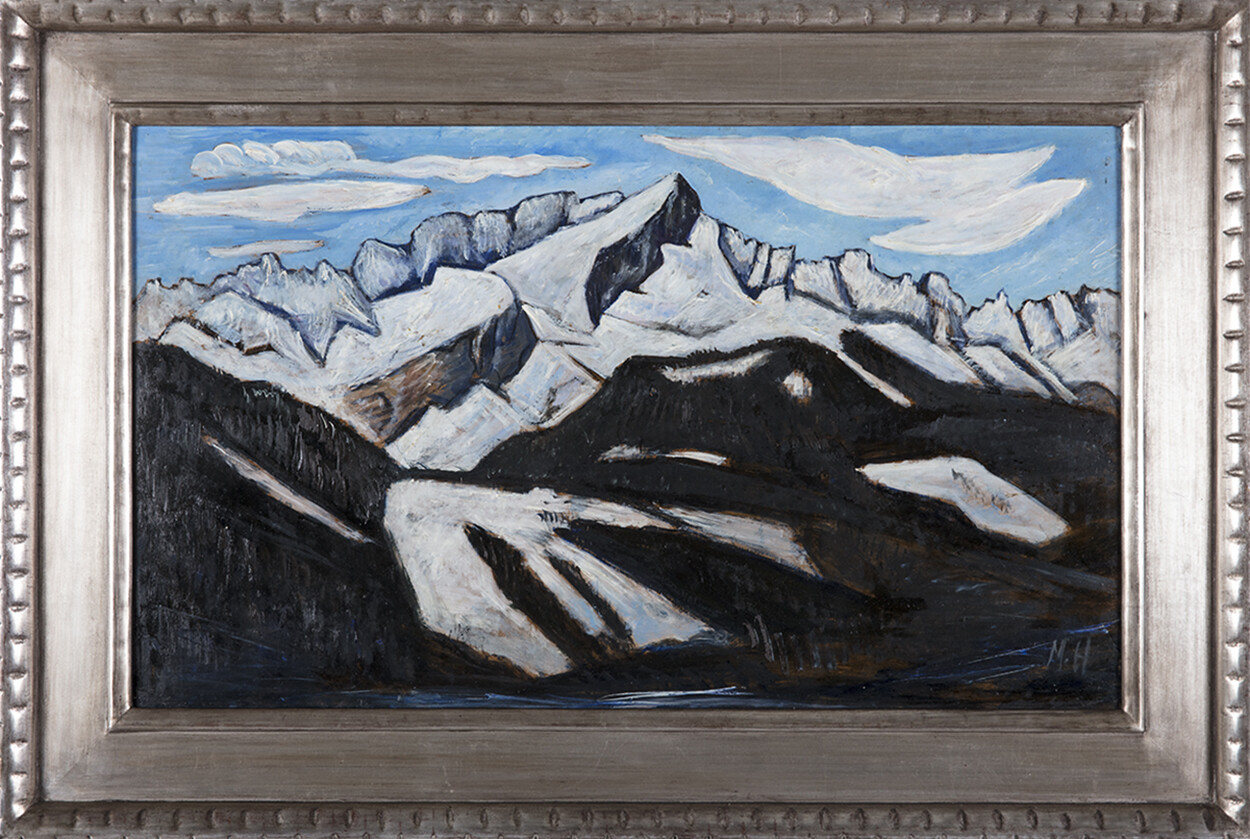The Ruth and Elmer Wellin Museum of Art at Five Years, Highlights from the Permanent Collection
September 9–December 10, 2017
198 College Hill Road
Clinton, New York 13323
United States
Wellin Collects: a discussion with William E. Williams: October 20, 4:30–6pm
William E. Williams, ‘73 will discuss the importance of teaching collections.
Curator’s tour: November 9, 4:15–5pm
Katherine D. Alcauskas will lead a tour of Innovative Approaches, Honored Traditions.
In celebration of its fifth anniversary, the Ruth and Elmer Wellin Museum of Art at Hamilton College presents an exhibition of 140 works of art drawn from its permanent collection. Innovative Approaches, Honored Traditions brings together recent acquisitions of contemporary art and works donated over the last 150 years by alumni and friends of the College. Artworks by Michelle Grabner, Elias Sime, and Vanessa German will debut at the museum for the first time. Reflecting the museum’s five-year history, several works on view were acquired by the Wellin through its exhibition program, by artists including Rhona Bitner, Karen Hampton, Yun-Fei Ji, Sharon Lockhart, Renée Stout, and Frohawk Two Feathers. These pieces are in conversation with historic works from the collection, including ancient Greek vases, glass vessels from the Roman Empire, Mesoamerican ceramics, and Native American objects of material culture. The diversity of the exhibition—with mediums ranging from prints and drawings to photographs, sculptures, and paintings—reflects that of the collection itself.
Curator Katherine D. Alcauskas explains, “The title of this exhibition, Innovative Approaches, Honored Traditions, reflects a multivalent perspective. The show speaks to the Wellin’s mission to develop new exhibitions, support original scholarship, and craft a permanent collection on the cutting edge of the field, while also looking back at Hamilton’s long history of art collecting and rotating exhibitions as well as its educational mission.”
Innovative Approaches encourages visitors to draw upon their own knowledge and experiences to interpret the works. The show is arranged into six distinct themes, or “lenses,” that reflect Hamilton’s educational goals. These are:
Investigation / Recognition, presenting works that employ patterns, symbols, and schematics to explore how art can help develop our analytic skills
Appreciation / Evaluation, focusing on the role of art in promoting our understanding of aesthetic discernment
Tradition / Inspiration, featuring works that are either indicative of cultural traditions or demonstrate the fluid transfer of ideas between cultures
Transmission / Articulation, demonstrating how art can shed light on the way we communicate and express ourselves
Participation / Condition, encompassing works that address social and political concerns including pollution, slavery, poverty, commerce, and war
Imagination / Invention, examining the power of art to foster creativity, intellectual curiosity, and innovative problem-solving
Each section of Innovative Approaches presents works from various time periods and cultures, offering a progressive understanding of the history of art and creative output that is in line with the Wellin’s mission. A fragment of an Assyrian relief from the ancient city of Nimrud (located in present-day Iraq)—one of the first objects donated to Hamilton College early in its history—will be exhibited within the same section as works by Lorna Simpson, Carrie Mae Weems, and Martin Wong, and iconic 19th century photographs by Julia Margaret Cameron and Eadweard Muybridge are juxtaposed with pieces by key Post-war contemporary artists such as Josef Albers, Henry Moore, and Ed Ruscha.
This exhibition is accompanied by a fully illustrated publication featuring an essay by Katherine D. Alcauskas, the Wellin’s Collections and Exhibitions Specialist and curator of the exhibition, detailing the history of the arts and collecting on Hamilton College’s campus, from the establishment of the original “Cabinet” in 1850 to the technologically sophisticated galleries, teaching spaces, and open storage of the Wellin Museum today.



